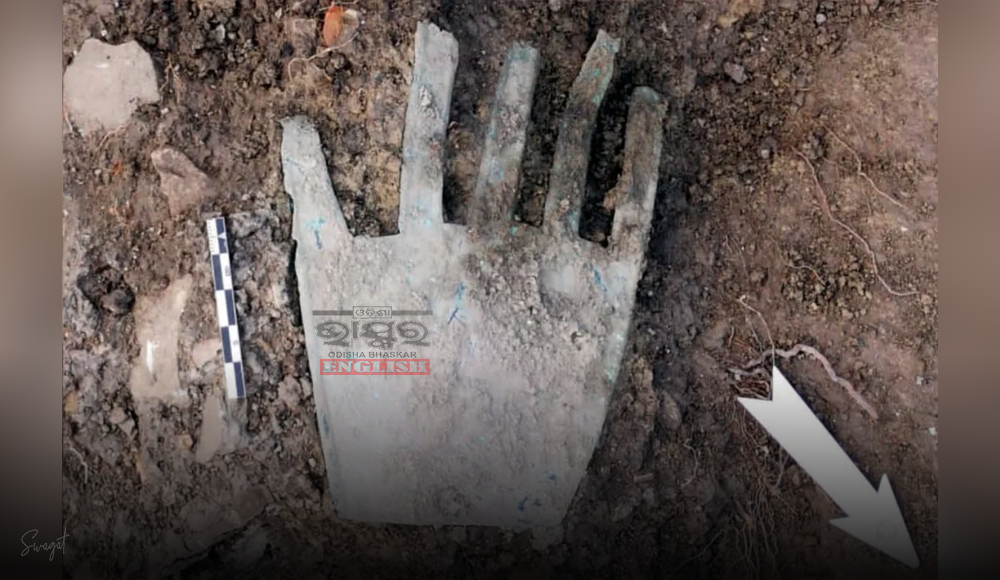Scientists in northern Spain have recently uncovered a fascinating relic: a bronze hand dating back 2,000 years, adorned with mysterious symbols. This discovery challenges previous assumptions about the historical Vascones tribe, shedding new light on their communication methods.
The hand features four lines of unfamiliar symbols, hinting at a potential link to ancient Paleohispanic languages, possibly early forms of Basque. This challenges the belief that the Vascones were non-literate, showcasing their sophisticated cultural practices.
Experts are currently deciphering the inscription, hoping to reveal insights into Vascones’ language, beliefs, and connections to other ancient cultures. This discovery offers a unique opportunity to deepen our understanding of Spain’s rich history and diverse cultural influences.
According to researchers, the inscription suggests a graphic subsystem of Paleohispanic, closely related to modern Basque. They interpret the text as apotropaic, invoking good fortune, despite the hand’s possible ritual significance in ancient times.
While ancient Iberians were known to sever the hands of prisoners, this bronze hand appears to hold a more benign meaning, possibly indicating its importance in rituals or cultural practices.




Comments are closed.